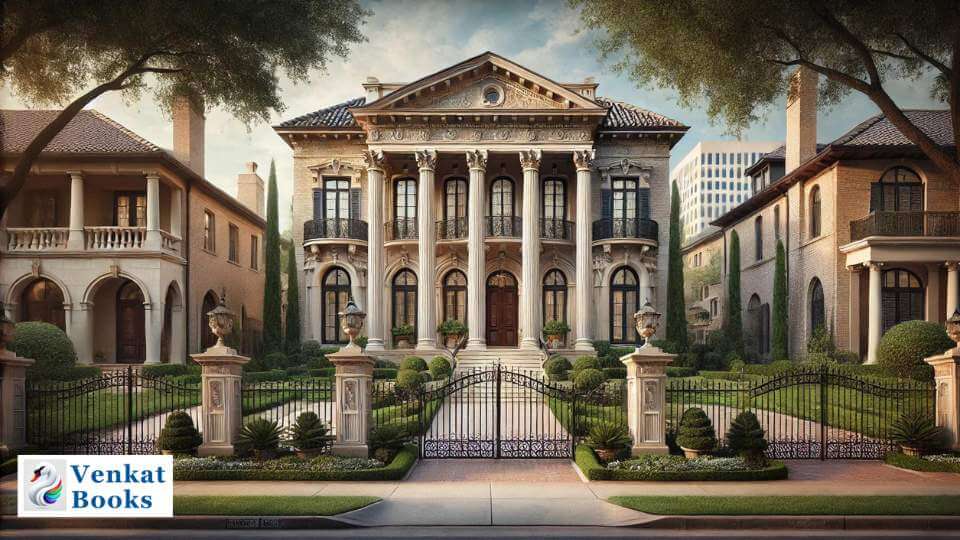Birdsall Parmenas Briscoe’s Architectural Legacy and Contribution to Houston
Birdsall Parmenas Briscoe (1876–1971) is a name synonymous with the architectural growth of Houston, Texas, in the early 20th century. His distinctive blend of historical styles and modern needs, along with his deep connections to Houston’s social elite, made him one of the city’s most influential residential architects. With his architectural designs still standing as testaments to his skill, Briscoe helped shape the face of Houston’s residential neighborhoods, leaving a lasting legacy in Texas architecture.
- Birdsall P
- Briscoe (1876–1971) practiced architecture from 1912 to 1956, the span of years during which Houston was transformed from an ambitious town on Buffalo Bayou into an international city, its economy powered by cotton, trade, and oil
- The country houses Briscoe designed for three generations of affluent clients, sited in such Houston neighborhoods as Courtlandt Place, Shadyside, Broadacres, and River Oaks, display his exceptional skill in formulating stylistic and social identities for his wealthy clients and their families
- In The Architecture of Birdsall P
- Briscoe, architectural historian Stephen Fox examines the country houses designed by Briscoe, offering a glimpse into the architect’s methods as well as analyzing how Briscoe constructed a “social architecture” to frame his clientele during periods of economic expansion and contraction
| Aspect of Legacy | Details |
|---|---|
| Residential Focus | Briscoe designed luxury homes for Houston’s elite, particularly in neighborhoods like River Oaks and Courtlandt Place. |
| Architectural Style | His style evolved from Prairie and Craftsman to Mediterranean and Italianate influences, emphasizing reduced ornamentation and geometric forms. |
| Key Collaborations | Worked with John F. Staub on major projects like Bayou Bend Mansion, a National Register-listed property. |
| Notable Works | Over 30 homes in River Oaks, including the William L. Clayton House, listed on the National Register of Historic Places. |
| Social Impact | Briscoe’s architecture was a symbol of social status for Houston’s wealthy, creating spaces that balanced grandeur with comfort. |
| Historic Preservation | Many of his homes are recognized as historic landmarks, contributing to the preservation of Houston’s architectural heritage. |
| Career Challenges | Faced economic downturns during the Great Depression but adapted by continuing to serve Houston’s upper class with stylish, functional homes. |
| Architectural Legacy | His work shaped the identity of Houston’s affluent neighborhoods, and his homes remain celebrated as icons of early 20th-century architecture. |
Parmenas Birdsall Briscoe shaped Houston’s social and cultural identity in addition to his work as an architect. He established his reputation as one of Houston’s most significant architects while also assisting the city’s elite in expressing their dreams via his designs. His artistic creations are still admired for their grace, harmony, and historical significance. In addition to defining a period, Briscoe’s contributions to architecture left a lasting impression on Houston, where his residences are still revered as timeless reminders of a bygone era of Texas opulence.


